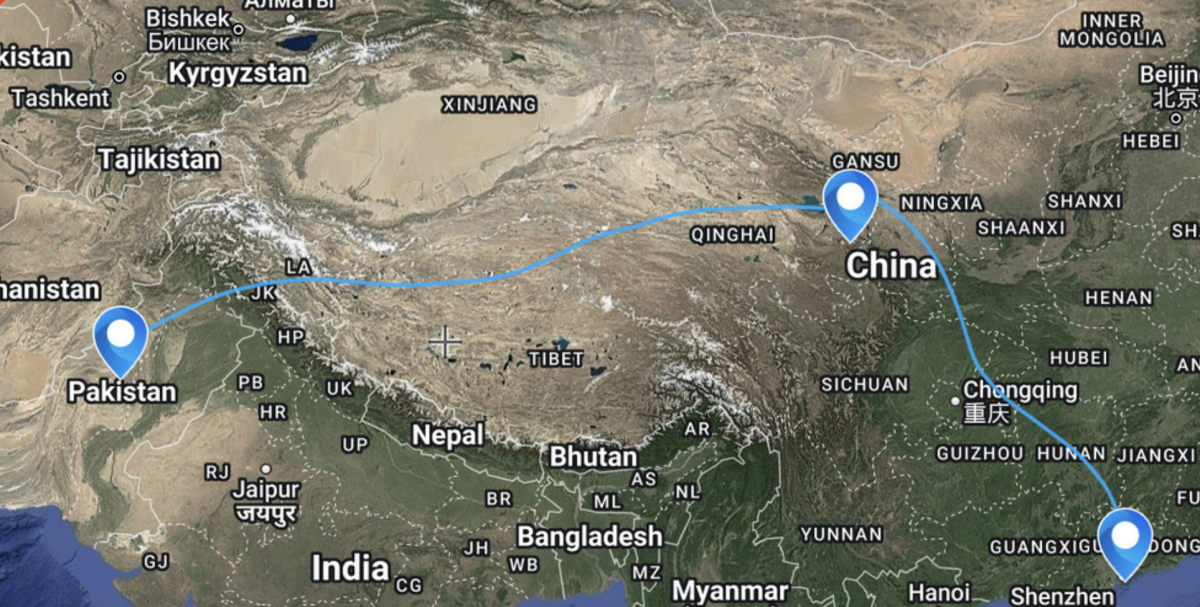
This article was written in early October 2023.
An earthquake with a magnitude of 6.3 hit near the city of Herat in Afghanistan on October 7th, 2023, destroying six villages, injuring thousands, and leaving people trapped underneath rubble. With a death toll at 2000 and rising, this earthquake is one of the deadliest to hit Afghanistan in two decades.
Political tensions have severely hindered the country’s ability to provide aid, and there was no immediate global response after the earthquake. When the Taliban seized power in 2021, NGOs and major aid organizations retreated from the country, and nations including the USA cut off international funding. Even then, Afghanistan was already one of the poorest countries in the Middle East and was in the midst of an economic crisis from decades of conflict. Due to Afghanistan’s location on the fault lines between the Indian and Eurasian tectonic plates, earthquakes will continue to devastate the already troubled country.
An unnamed rescue volunteer from Zenda Jan said to BBC that “people are still trapped in the debris, they are alive, but we cannot reach them”, adding that the equipment on site was inadequate and managed by inexperienced rescue teams. Civilians attempted to dig out survivors with shovels and bare hands by climbing through the debris. Yet, many are still trapped dead or alive as of October 13th. Some people took to sleeping outdoors in the cold of 10 degrees Celsius at night, fearing that the aftershocks were not over.
Since then, the local military and some non-profit organizations have arrived to aid, such as the World Health Organisation deploying 12 ambulances to transport the wounded, and UNICEF dispatching hygiene kits and everyday necessities to families that have been displaced by the quakes. However, these efforts remain insufficient to make up for the destructive scale of the disaster and the death toll will sadly continue to rise.
































